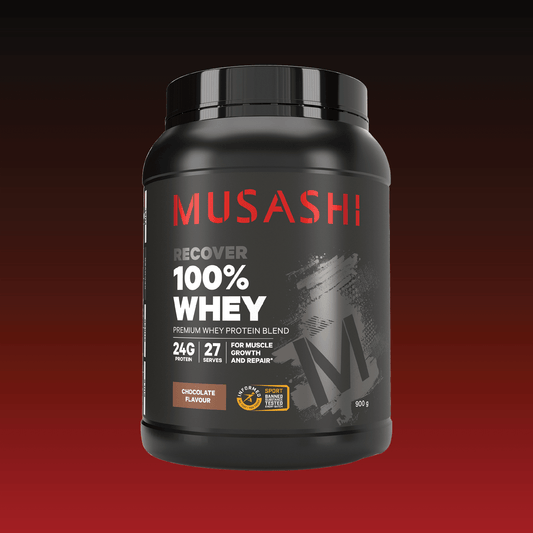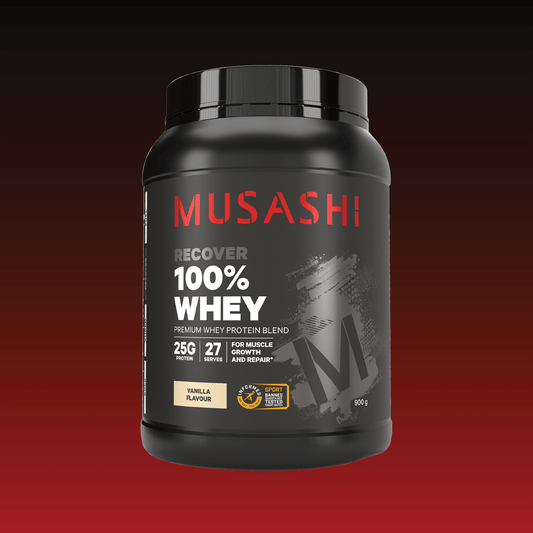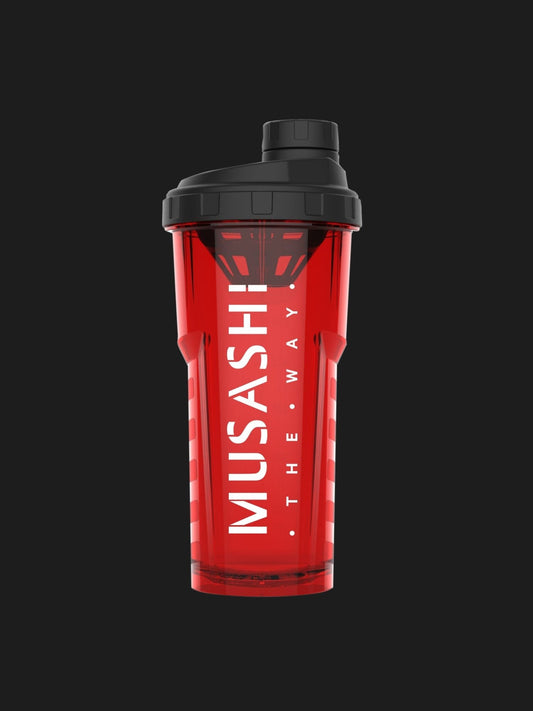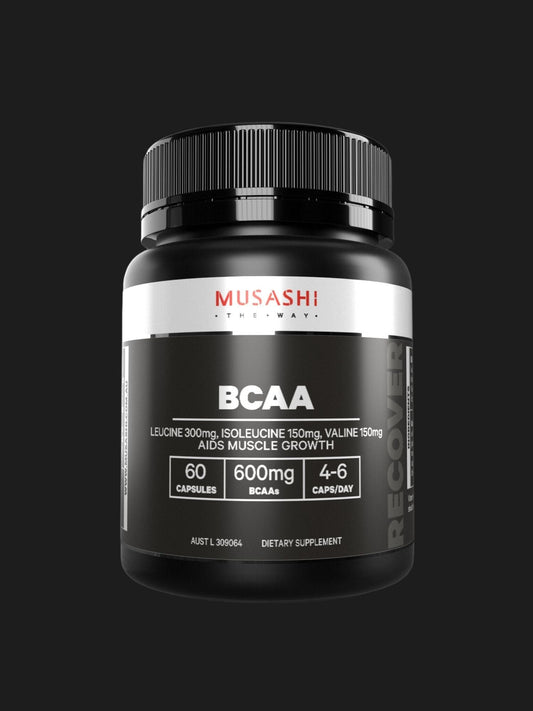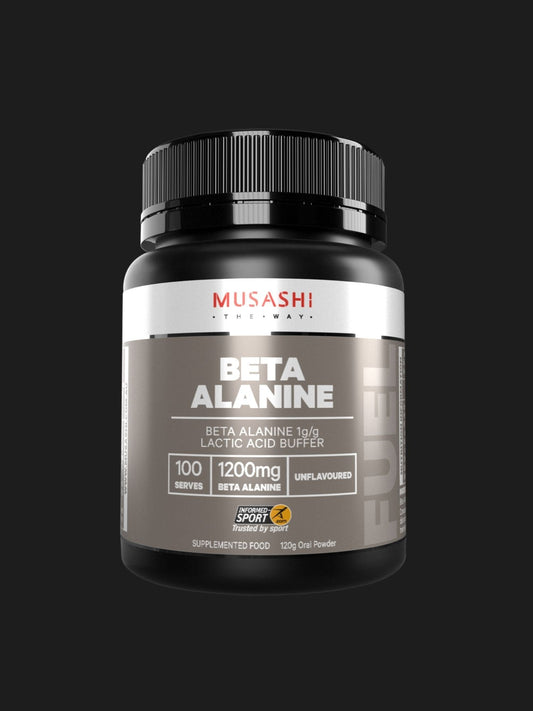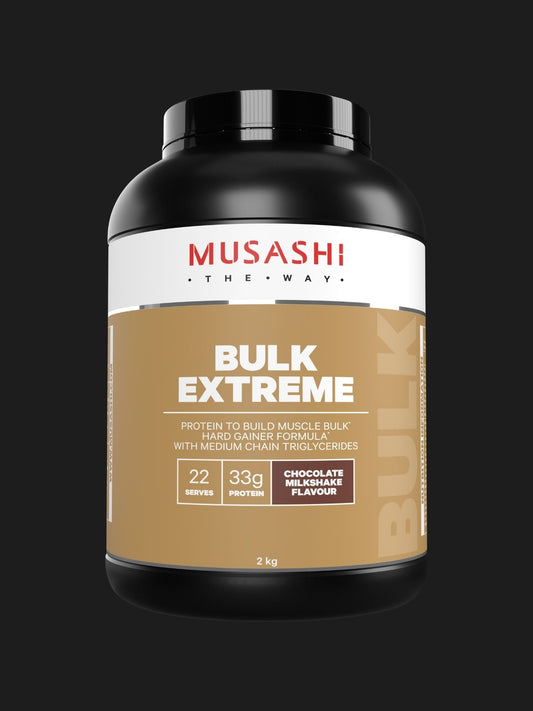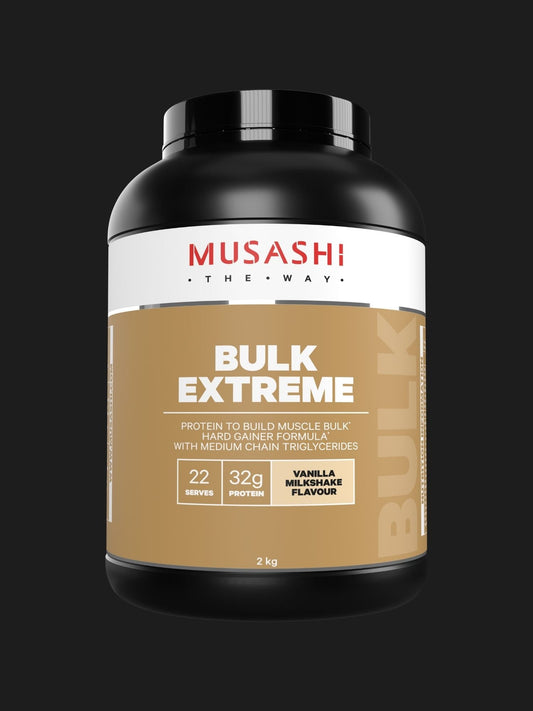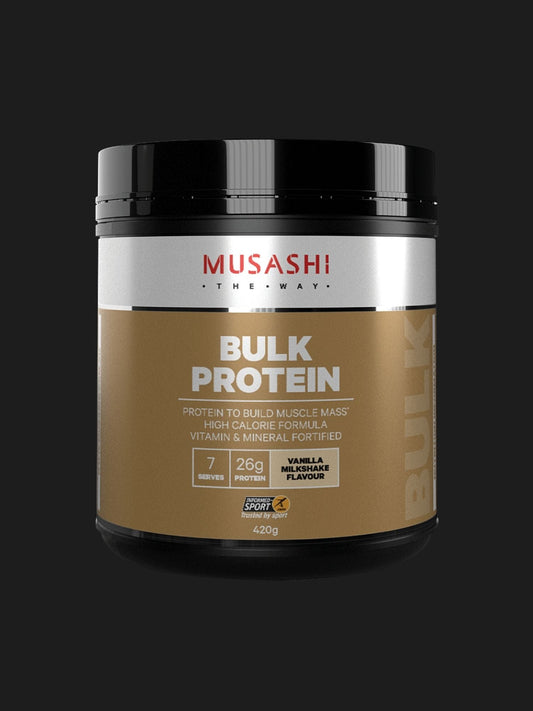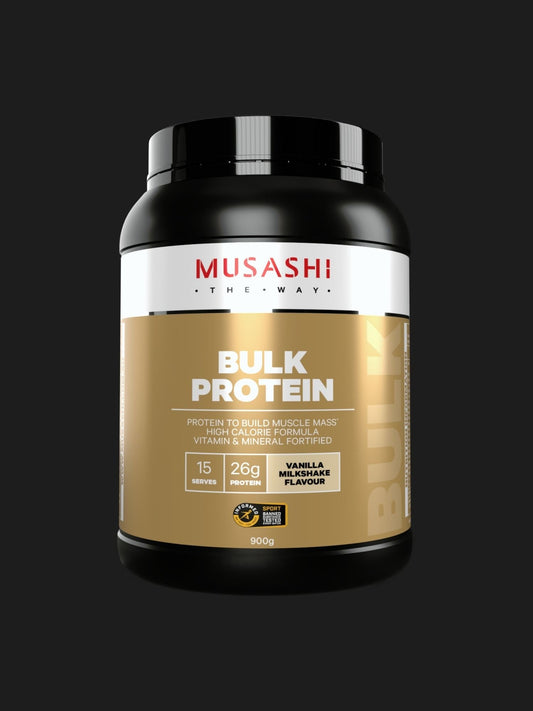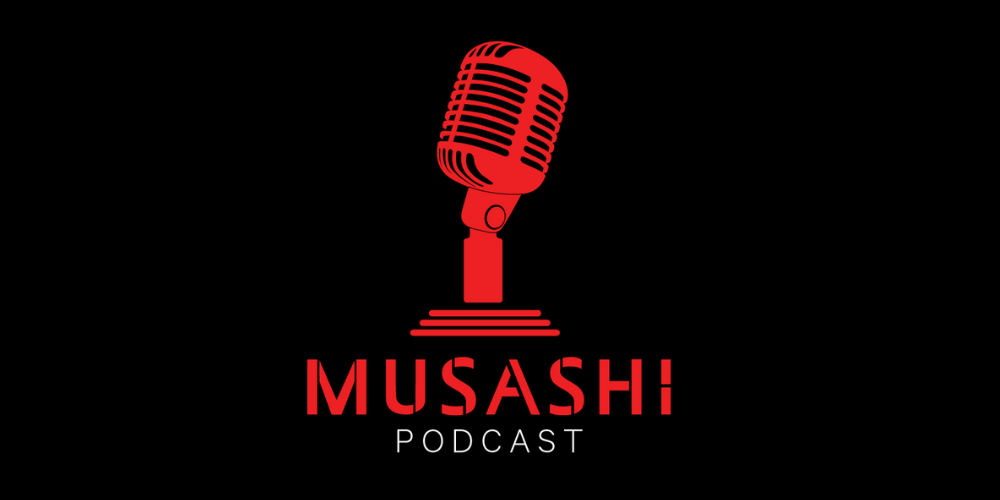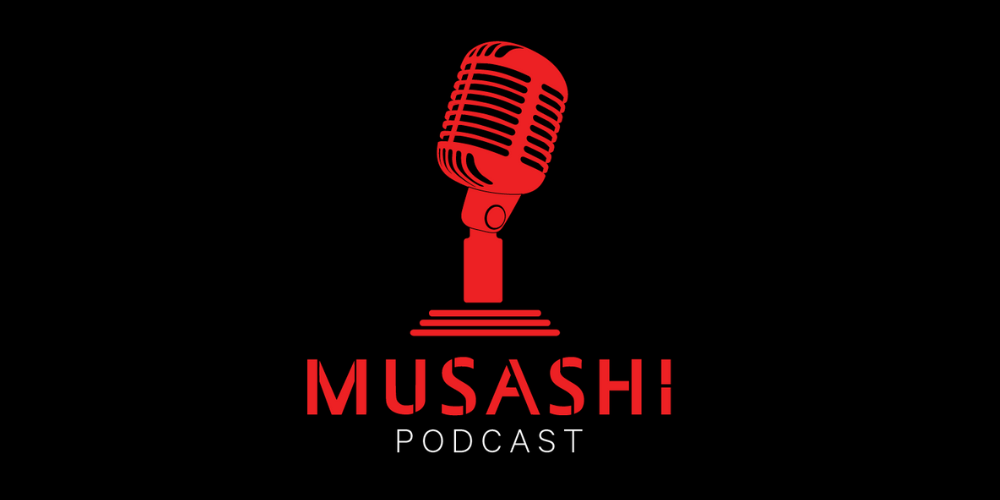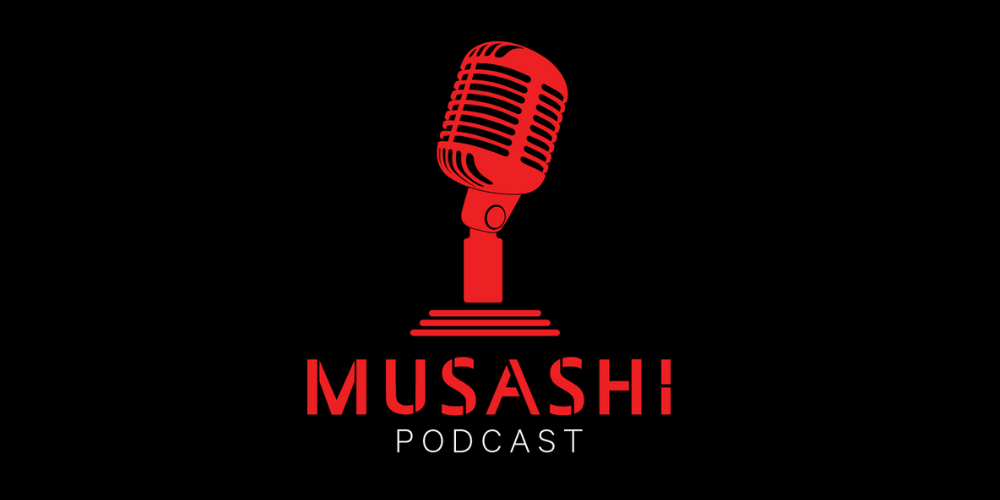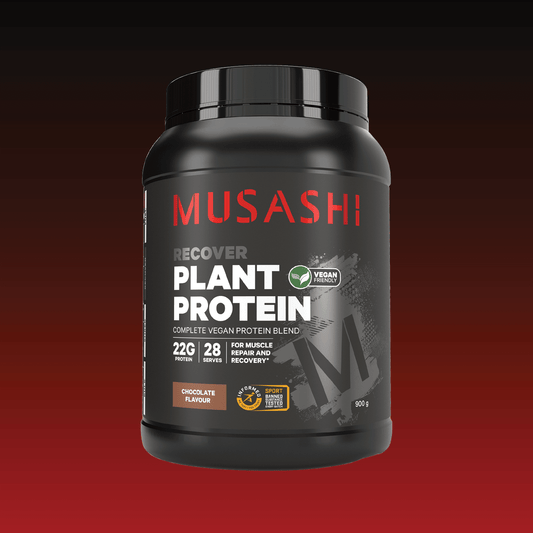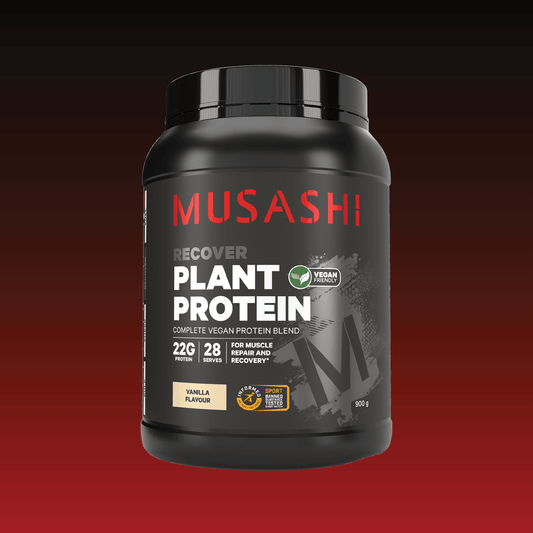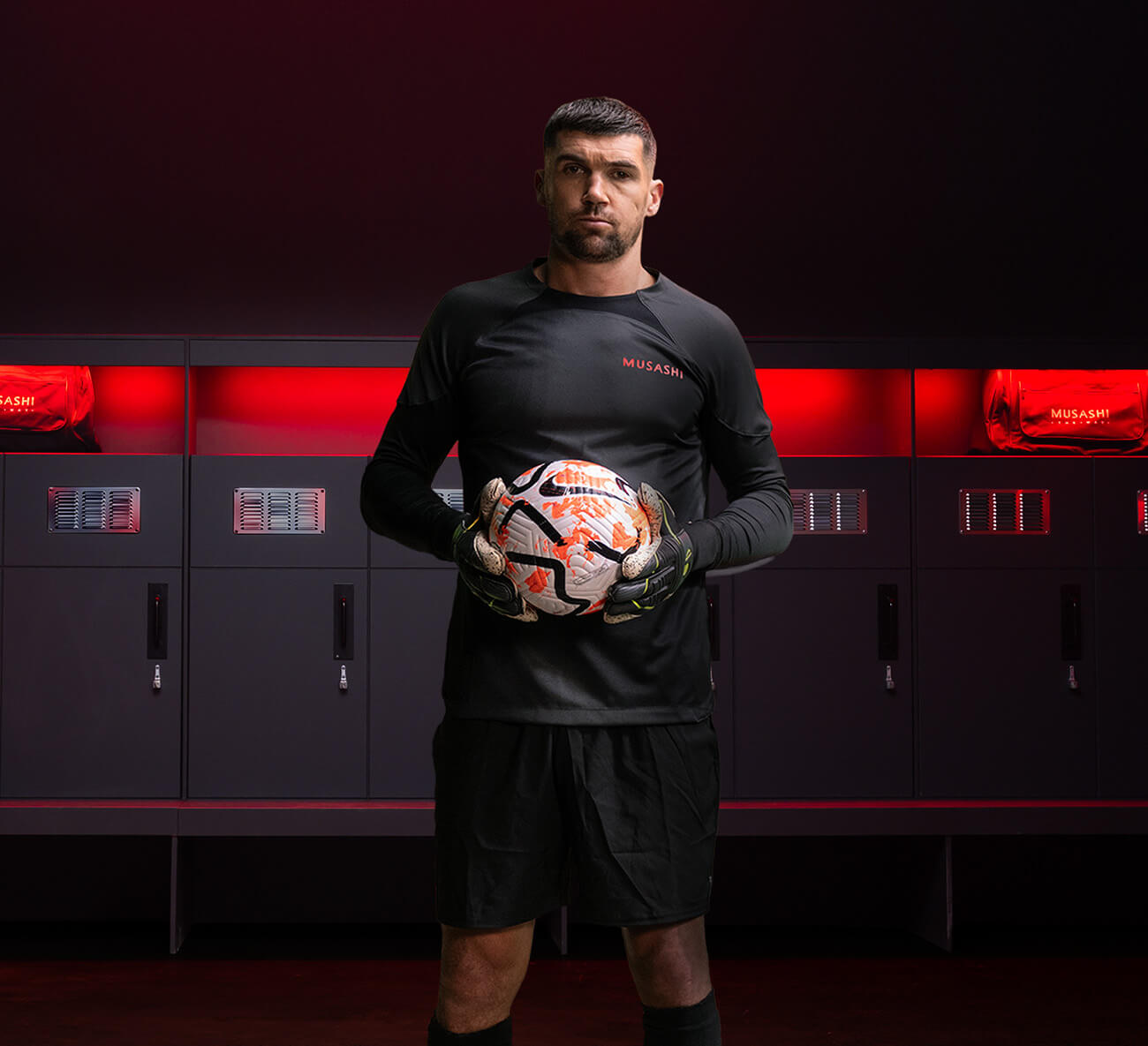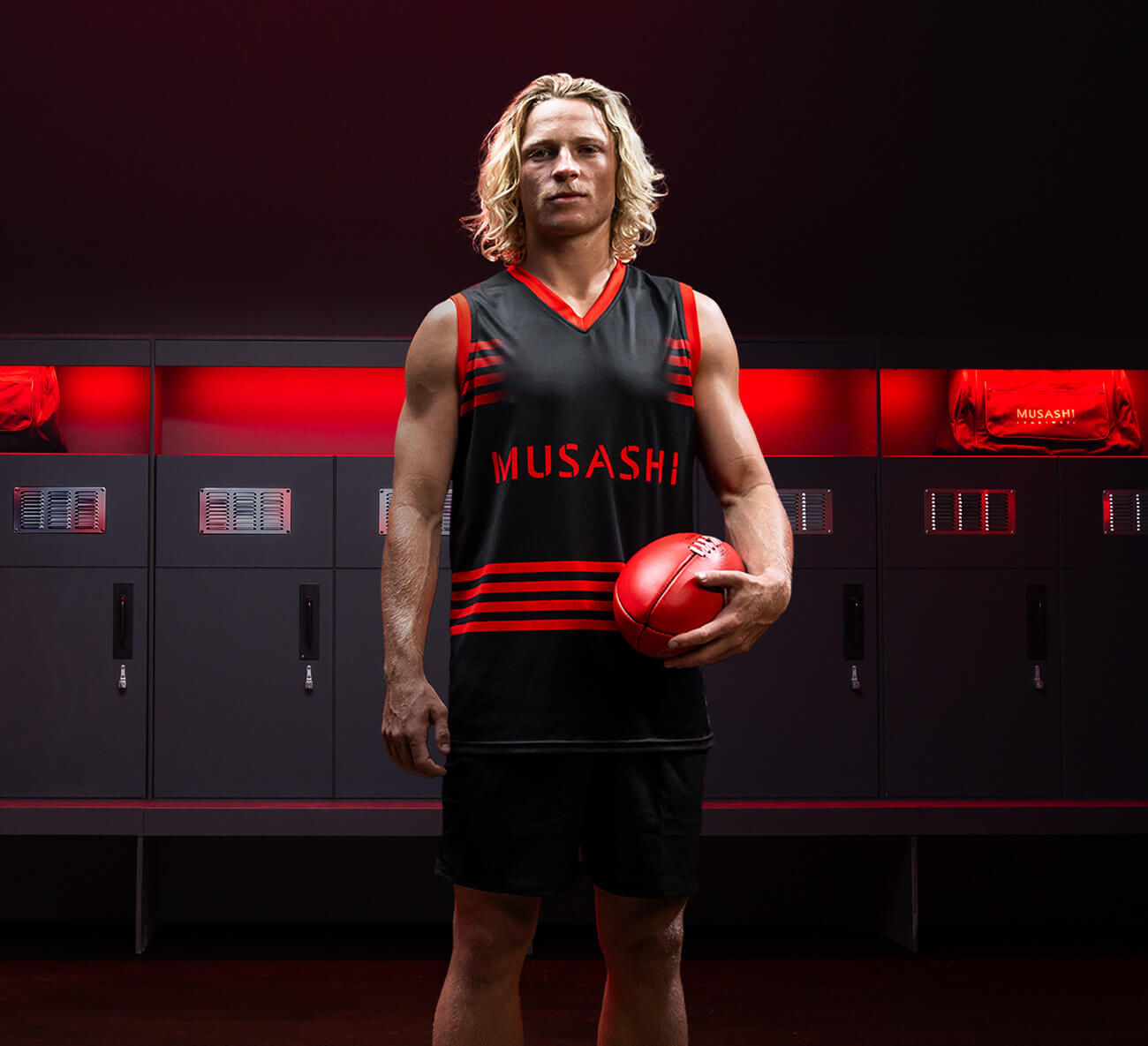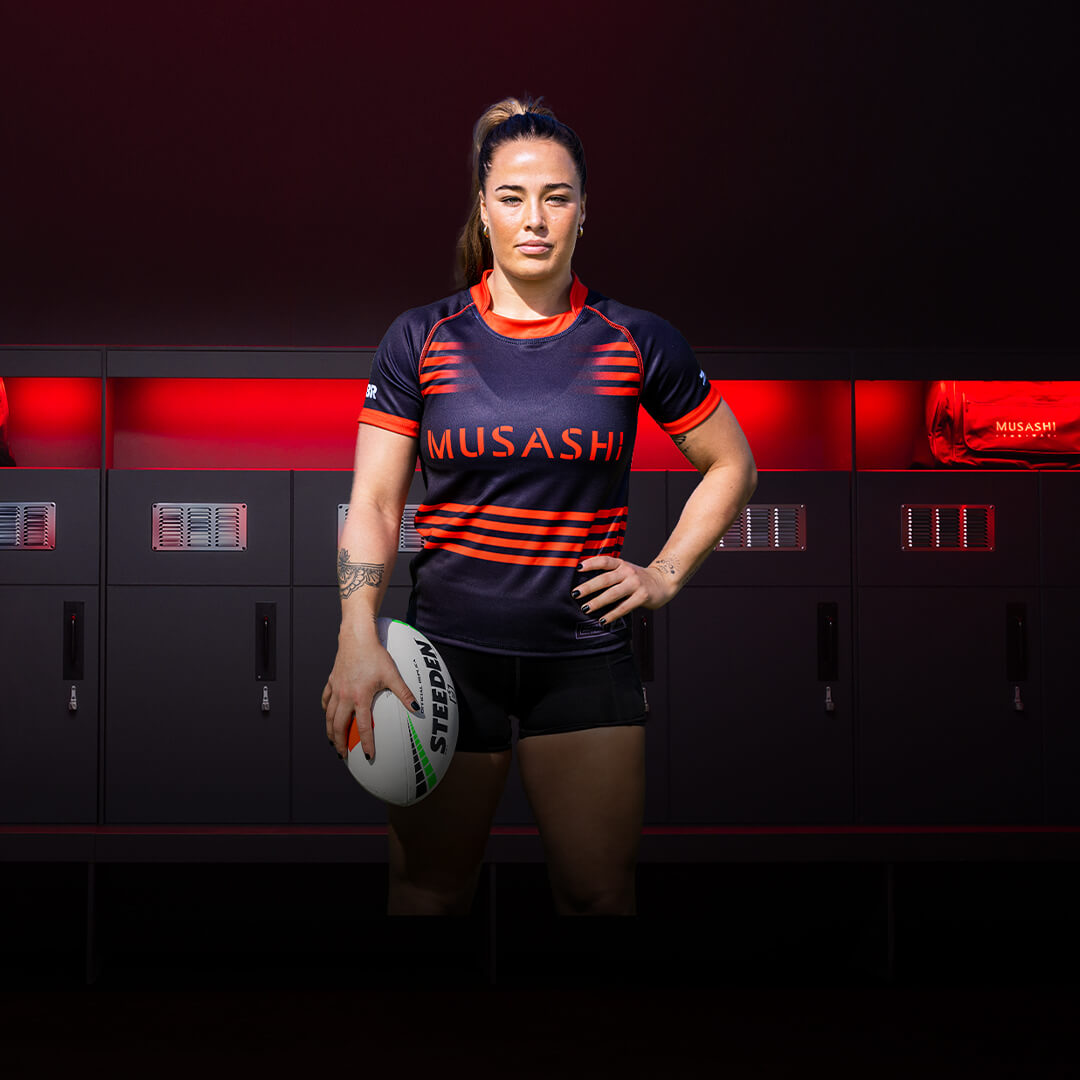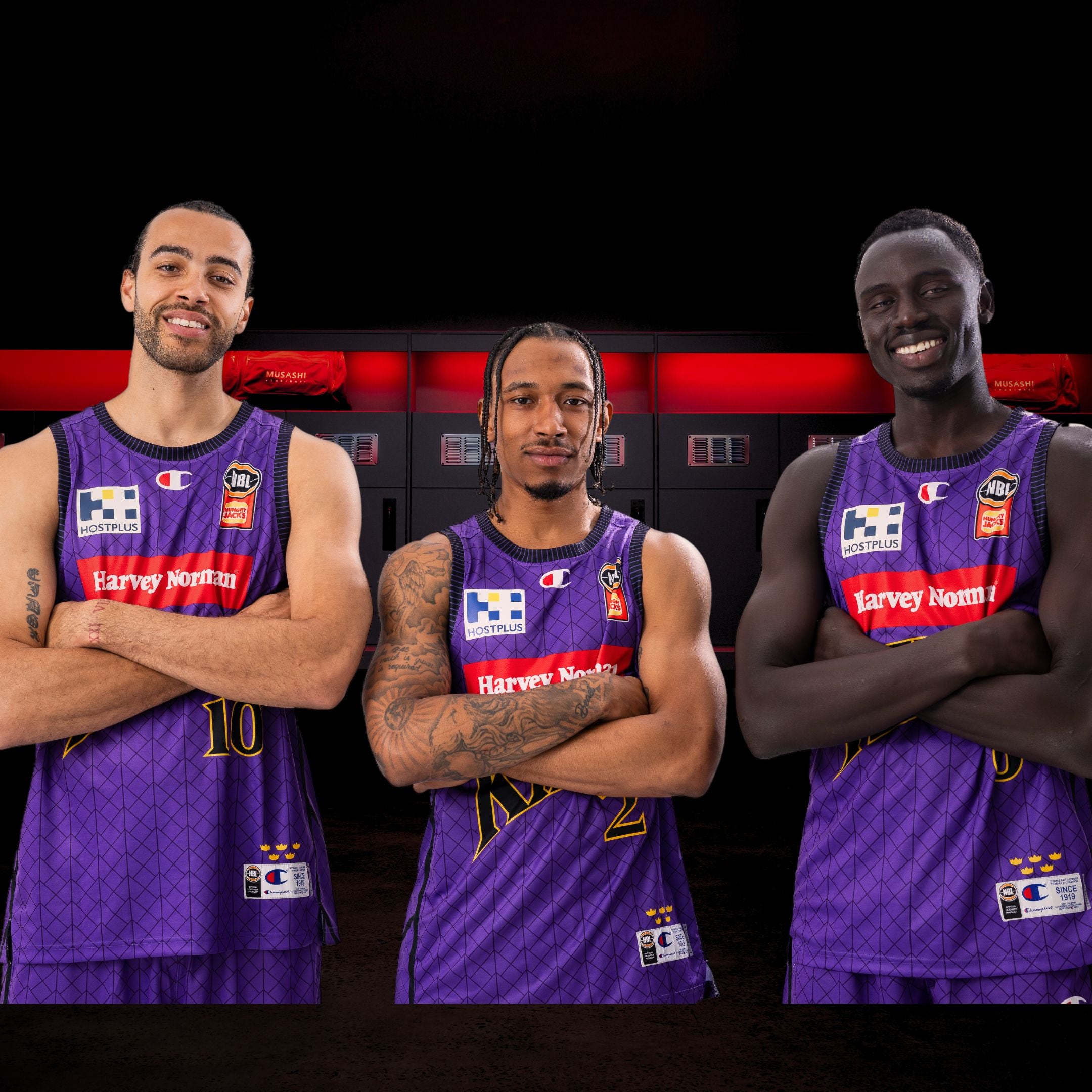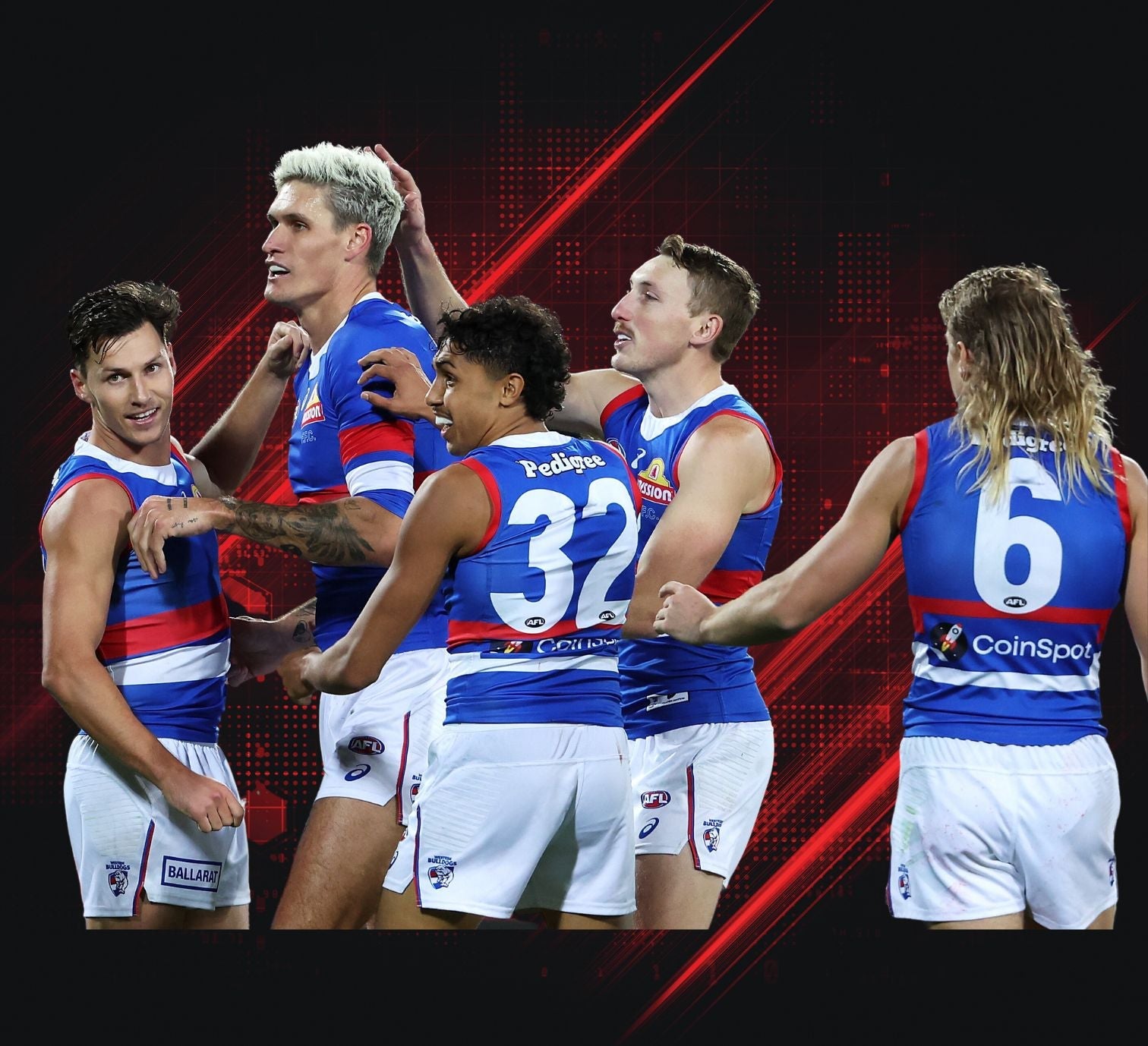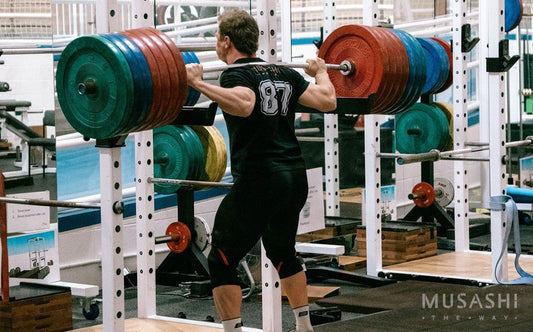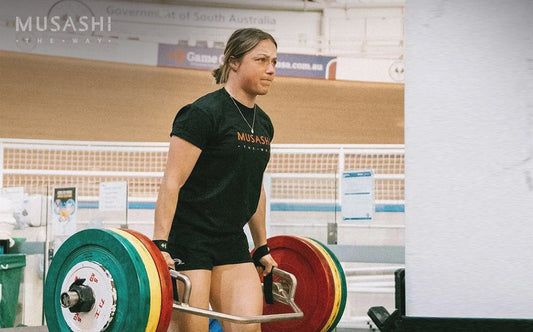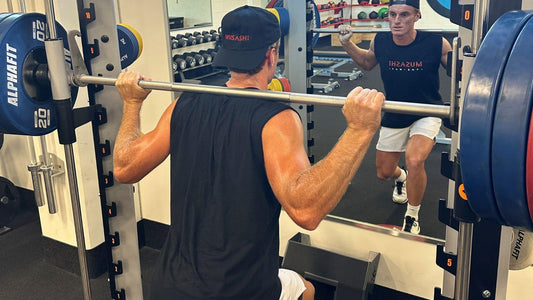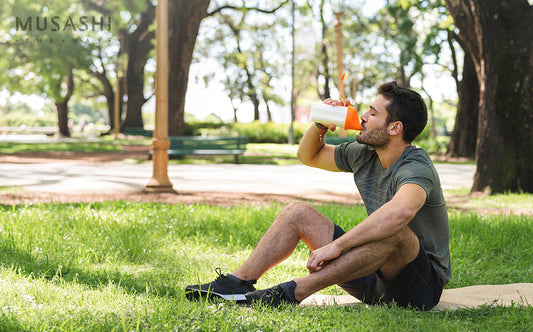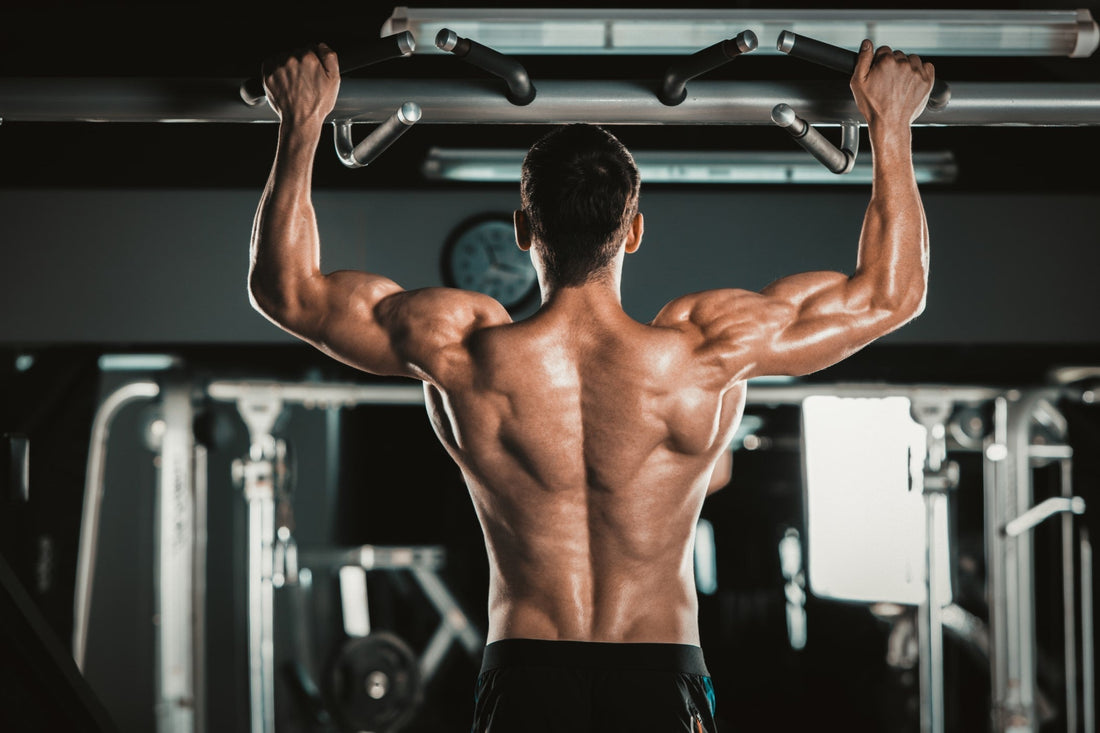
Many people say they ‘want to lose weight’ but what they really mean is they want to lose body fat. This article Gwen Gothard aims to debunk some of the fat loss myths and provide a better understanding of how you can lose weight and retain muscle at the same time. Is it true that muscle burns fat? Well not technically, muscle does not increase the amount of fat you will burn but it does raise the resting metabolic rate (RMR) – the amount of Calories your burn at rest. It is estimated that you need to burn 3,500 Calories to burn 0.45kg (1 pound) of fat. Adipose tissue (fat) uses no energy to remain in the body but muscle requires energy to survive in the body. Each pound of muscle burns approximately 30-60 Calories per day just by sitting there. Following the right meal plan and exercise program your body is capable of putting on 0.5kg of muscle mass per week. Over a month this can equate to 2kg of muscle, resulting in your body burning an additional 200 Calories per month by doing absolutely nothing. Fasted or fueled cardio? The debate continues as to whether or not fasted cardio (exercising on an empty stomach) is beneficial for increasing burning fat and retaining muscle. Some studies show that exercising in a fasted state (8-hours since the last meal) result in a greater proportion of fat being burnt as fuel whereas other studies suggest that there is no difference to fat burning results when in a fasted state. The theory of fasted cardio is that when you sleep your body conserves carbohydrate stores and leans towards burning fat as fuel. This might be true, however while you sleep your body also breaks down amino acids into glucose resulting in a potential increase amino acids also being used as fuel. This isn’t a huge problem if you get your diet right. An amino based pre-workout prior to your cardio session or an amino based intra workout during your cardio session can help to replenish amino acids and reduce unwanted muscle breakdown. Which exercise burns more fat; High intensity interval training (HIIT) or steady state cardio? If burning fat is your primary goal then you are better off looking at the type of training you are doing, rather than if you are fasted or fueled. High intensity interval training (HIIT) – which takes half the time of slow and steady cardio e.g. long walk, can lead to twice as much overall fat burning. This is because HIIT training encourages the body to continue to burn Calories for hours after you have finished exercise whereas steady cardio will burn calories for the duration of the exercise only. Do thermogenic protein powders help to burn fat and retain muscle? Yes, thermogenic protein powders – such as the Musashi Shred and Burn , are designed to reduce the absorption and production of fats while stimulating the metabolism to release and burn stored body fat. Thermogenesis is the process of generating energy and heat into cells of the body while burning Calories in the process. Alongside a healthy balanced diet and exercise program Musashi Shred and Burn Protein Powder or Musashi Shred and Burn Protein bar can assist fat burning while also preserving muscle. Most changes of body fat will not take place until 8-12 weeks of training. It is important to measure fat loss not just weight loss as muscle gained during training can mask improvements. These 5 top tips can help you burn fat and retain muscle
- Increase muscle mass by following a structured weight training program.
- If you decide to take on fasted cardio ensure you use Musashi pre-workout or Musashi intra-workout to ensure your body is receiving a quality supply of amino acids to reduce muscle breakdown.
- Complete HITT training rather than steady state exercise to maximise fat burning results.
- Include a Musashi Shred and Burn Protein powder or protein bar at the end of your morning workout or as a snack in-between meals to increase fat burning through thermogenesis.
- To ensure you are still burning fat you need to keep your body guessing. Change your exercise routine every 8-weeks or adapt the weights or repetitions.
